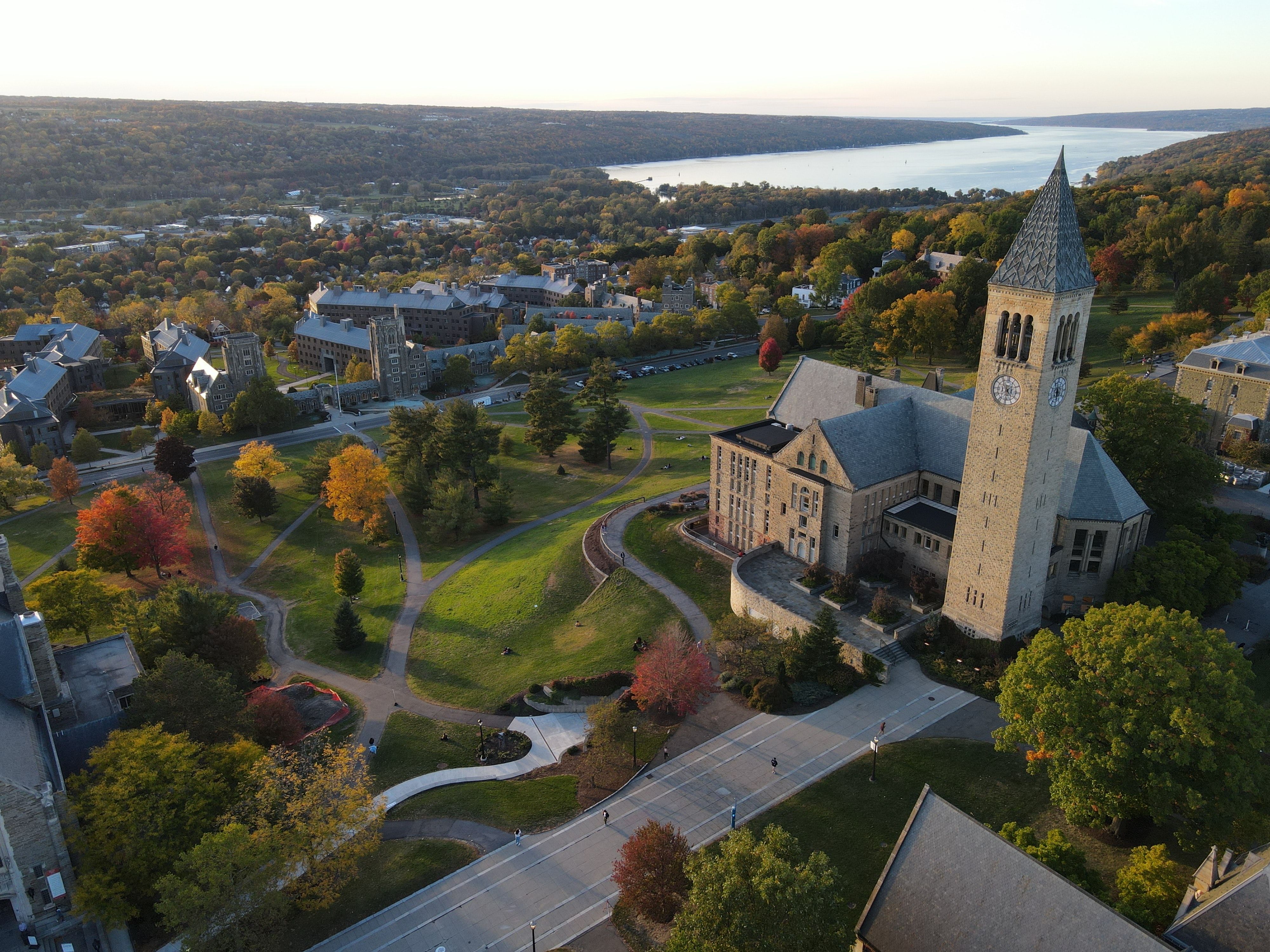Routine Surveillance Details Rapid Spread of COVID-19 at Cornell University During Omicron Surge
High vaccination rates at Cornell University prevented severe disease during the Omicron surge of the COVID-19 pandemic but didn’t stop the rapid spread of the virus, even with comprehensive public health measures.

The emergence of the Omicron variant of SAR-CoV-2 rendered traditional public health measures insufficient to protect against the spread of COVID-19, a new study suggests.
The study, highlighted in a research letter in JAMA Network Open, examined routine surveillance and vaccination efforts during the fall semester at Cornell University from Aug. 26 through Dec. 18, when Omicron emerged as the predominant variant.
“Based on analysis of routinely collected population surveillance data, Cornell’s experience shows that traditional public health interventions were not a match for Omicron,” wrote the authors, led by Genevive Meredith, DrPH, MPH, of Cornell University. “While vaccination protected against severe illness, it was not sufficient to prevent rapid spread, even when combined with other public health measures including widespread surveillance testing.”
Working in partnership with the Tompkins County Health Department, Cornell opened for instruction in the fall 2021 with public health measures including COVID-19 vaccines mandated for students and encouraged for employees, a mask mandate on campus, surveillance testing, and isolation and contact tracing for positive COVID-19 cases.
Between Aug. 23 and Sept. 10, 480 COVID-19 cases were identified among 15,503 undergraduate students, 2873 graduate students and 2803 employees, or an average of 22.9 cases a day. Between Sept. 12 and Nov. 27, cases were limited to 330 before a sharp increase after the university’s five-day Thanksgiving break. Cases rose to 75 between Nov. 28 and Dec. 4, 655 from Dec. 5-11, and 1,559 from Dec. 12-18, and case positivity rates surged to 5.7% from 0.5%.
The surge occurred while 97.9% of people were fully vaccinated and despite efforts to mitigate spread.
“Support teams helped cases isolate safely, investigation identified exposures, and contact tracing identified contacts who were instructed to monitor for symptoms, test, and/or quarantine,” the authors wrote.
Between Nov. 28 and Dec. 31, a total of 2,797 cases were reported, or an average of 82.3 per day. Most were mild (82.2%), and 98.6% were breakthrough cases. The investigators also noted that more close contacts were subsequently diagnosed with COVID-19 during this time – 22.6% compared with 4.4% between Aug. 23 and Nov. 27.
“Something had clearly changed in the university setting, as similar outbreaks were not yet being seen in the off-campus community or neighboring counties,” the authors wrote.
The investigators determined that by Dec. 11, 89.1% of cases were from the Omicron variant. Additional mitigation measures were instituted on or after Dec. 10, including limiting in-person interactions, prohibiting student gatherings, and moving examinations online.
The study contributes to research showing that the emergence of the Omicron variant changed the shape of the pandemic. The variant, which brought record numbers of cases, has escaped immunity from vaccines and prior infection and muted the efficacy of existing treatments. Still, the variant has caused less severe disease than previous variants.
Public health officials continue to discuss vaccine strategy to best address emerging variants.
